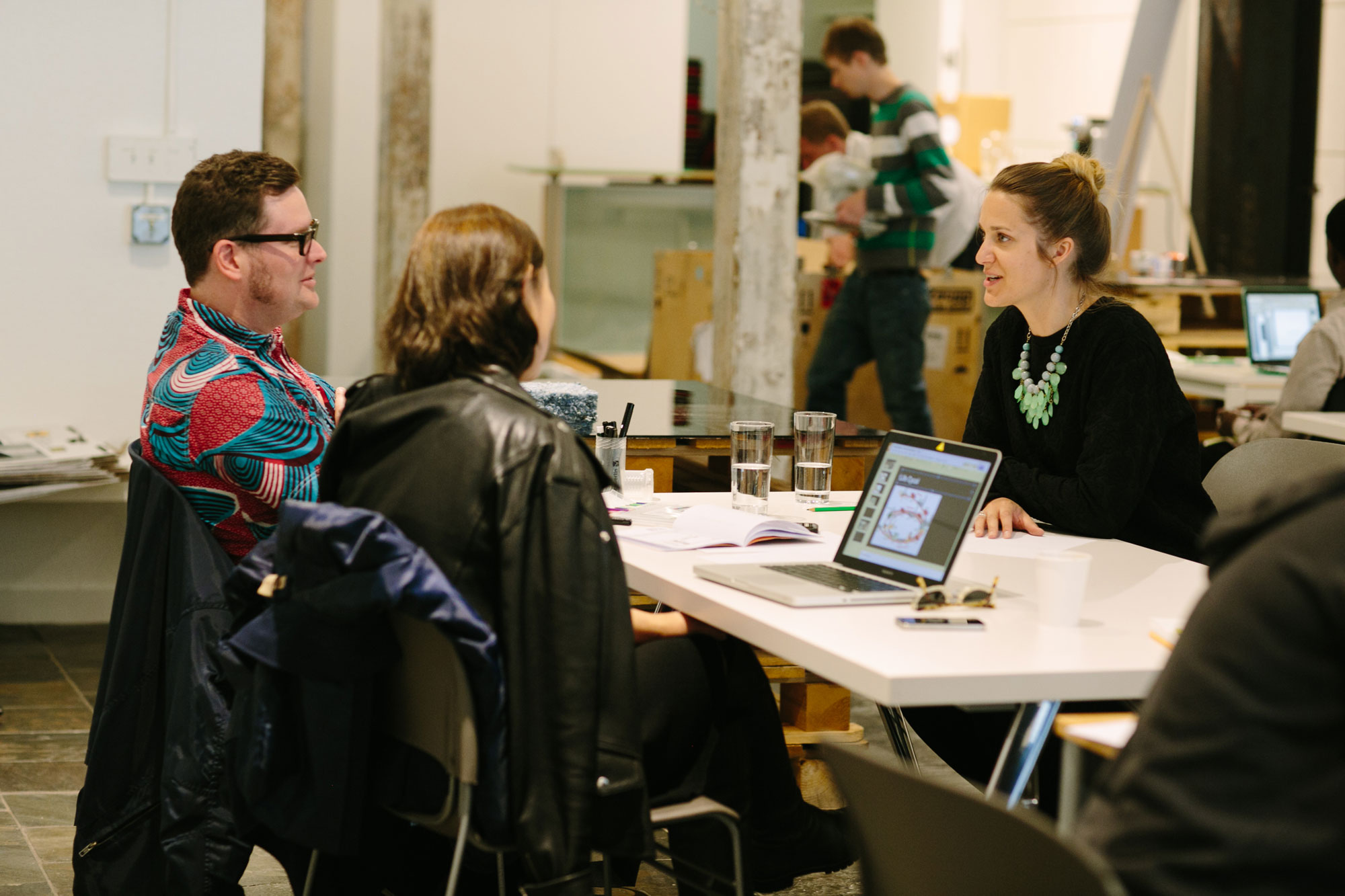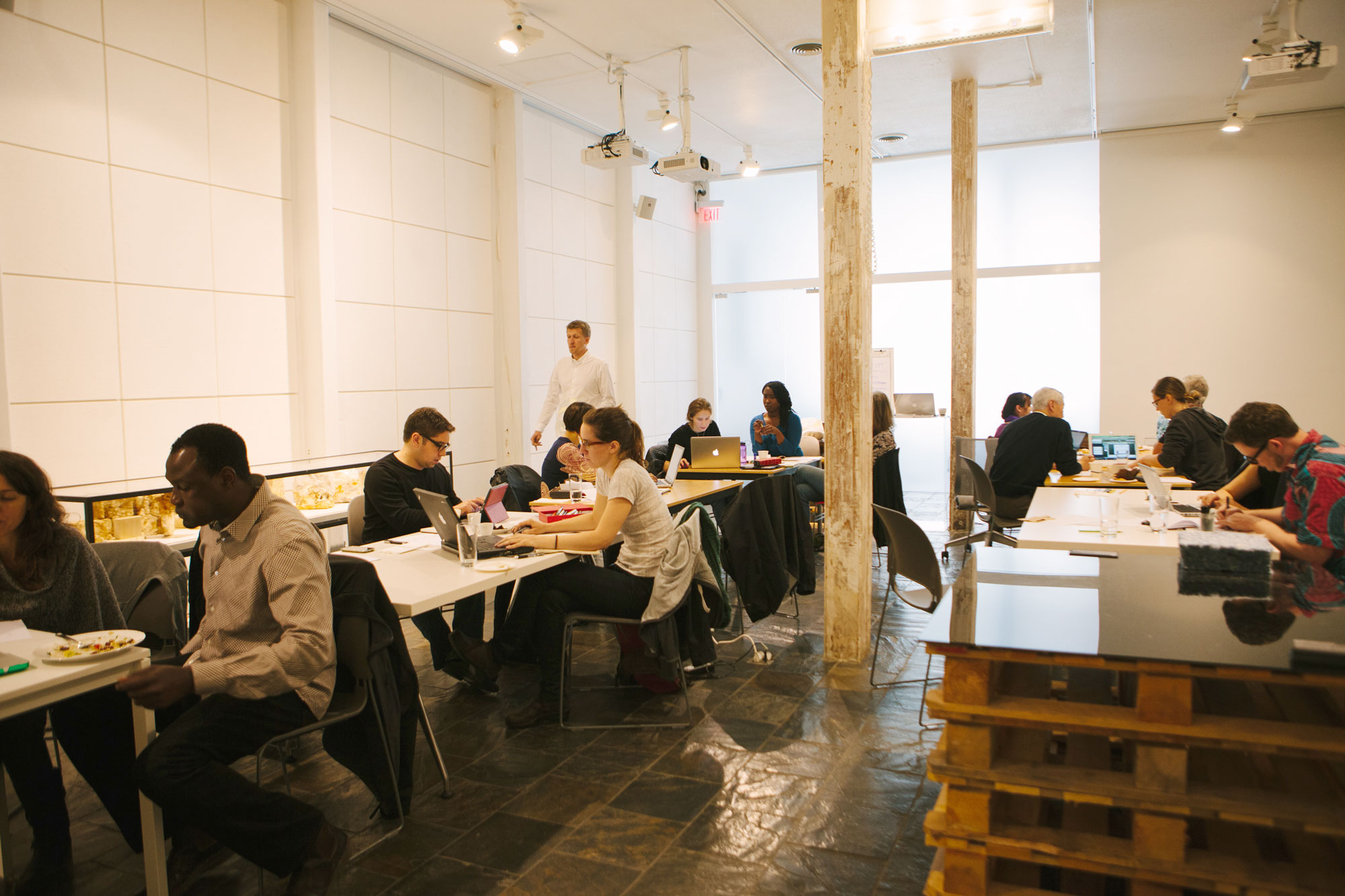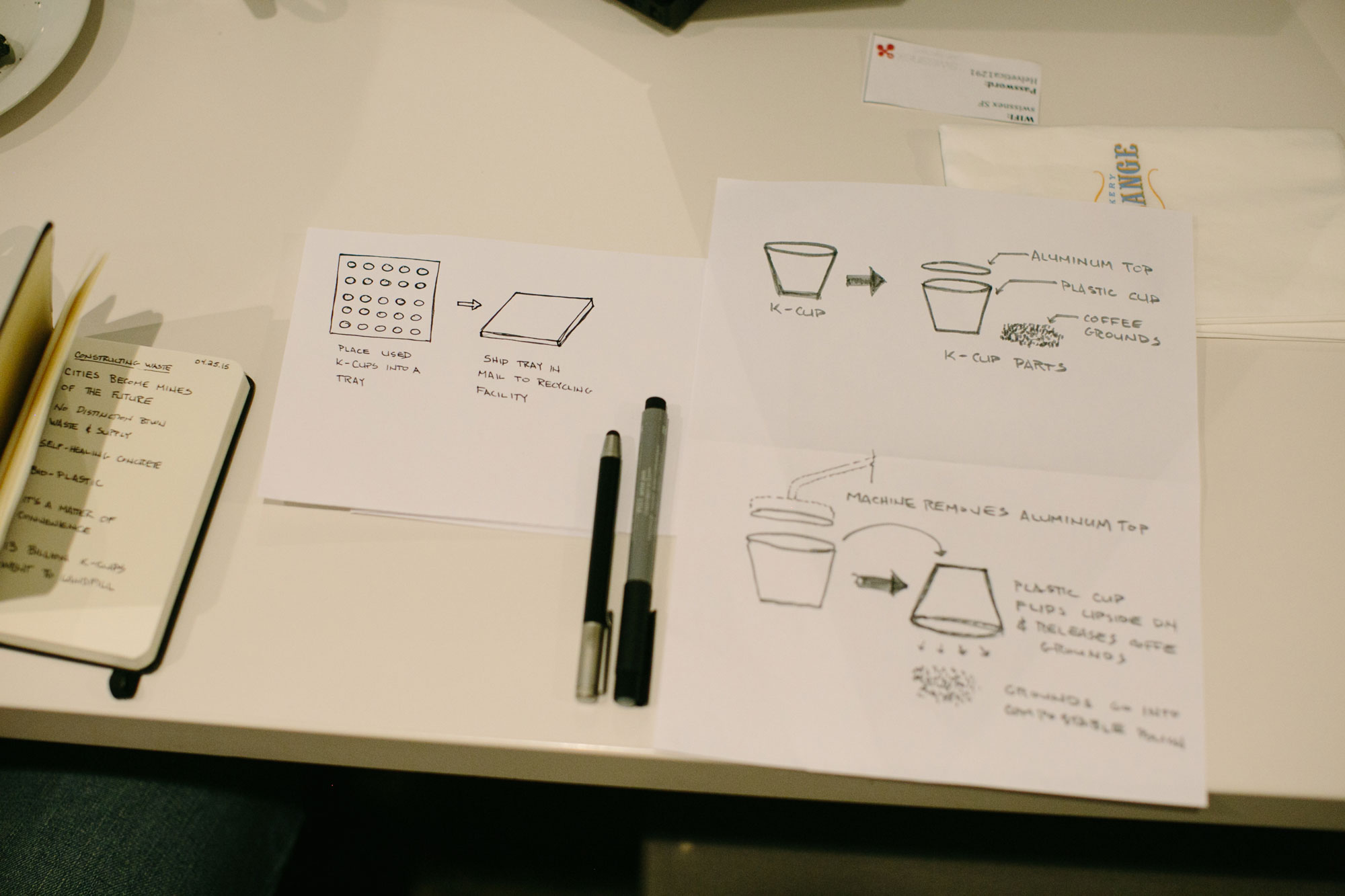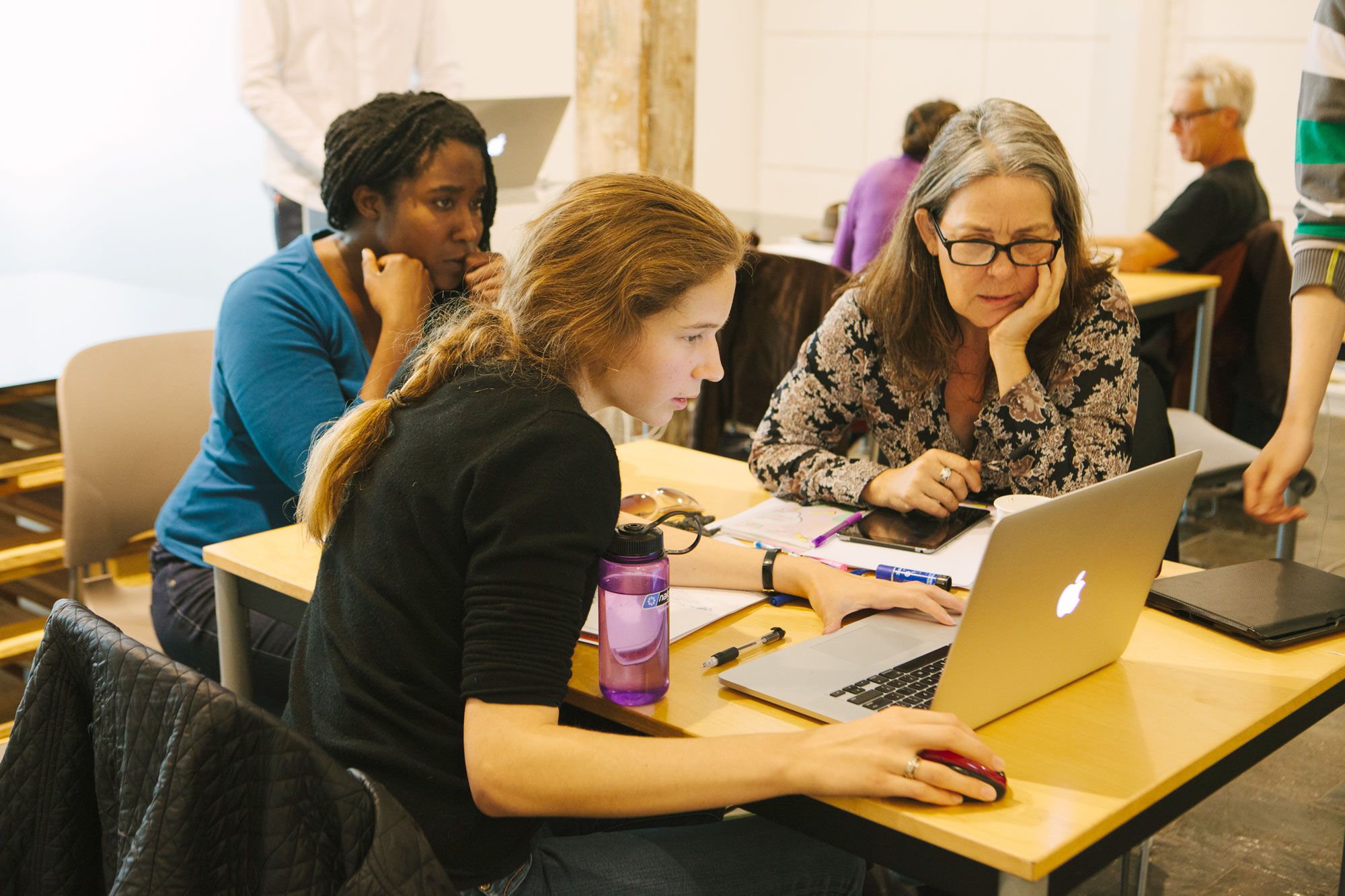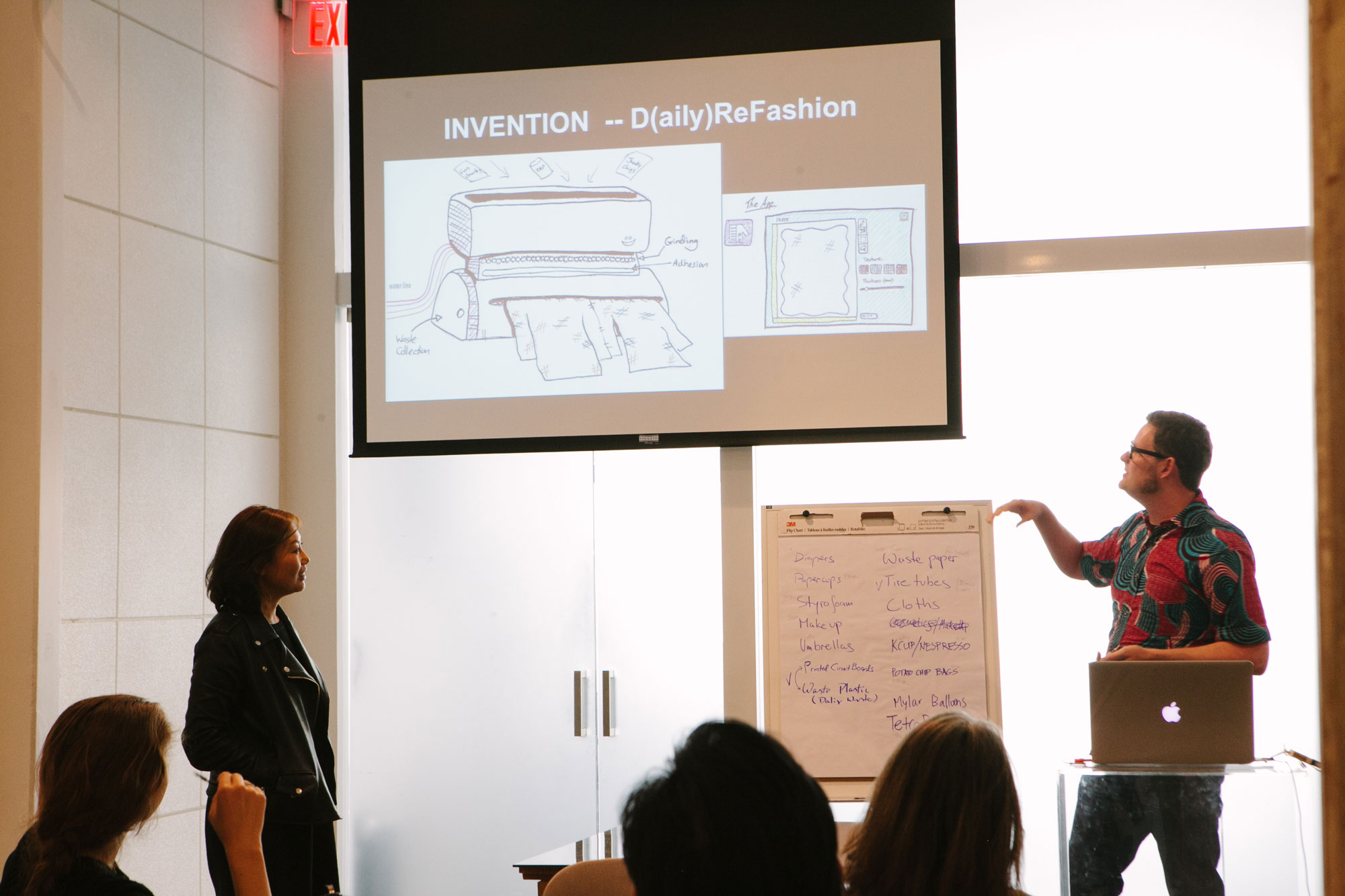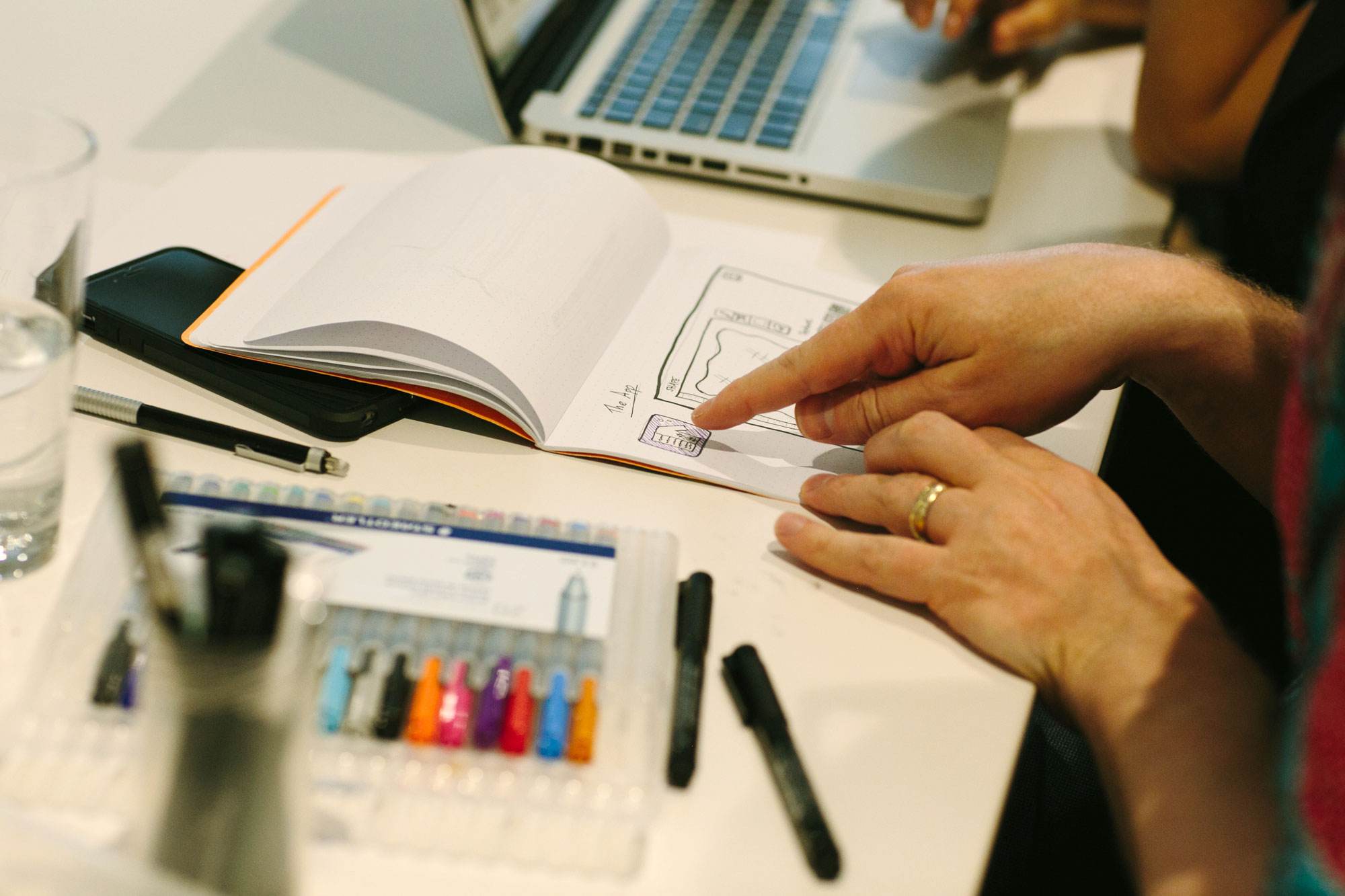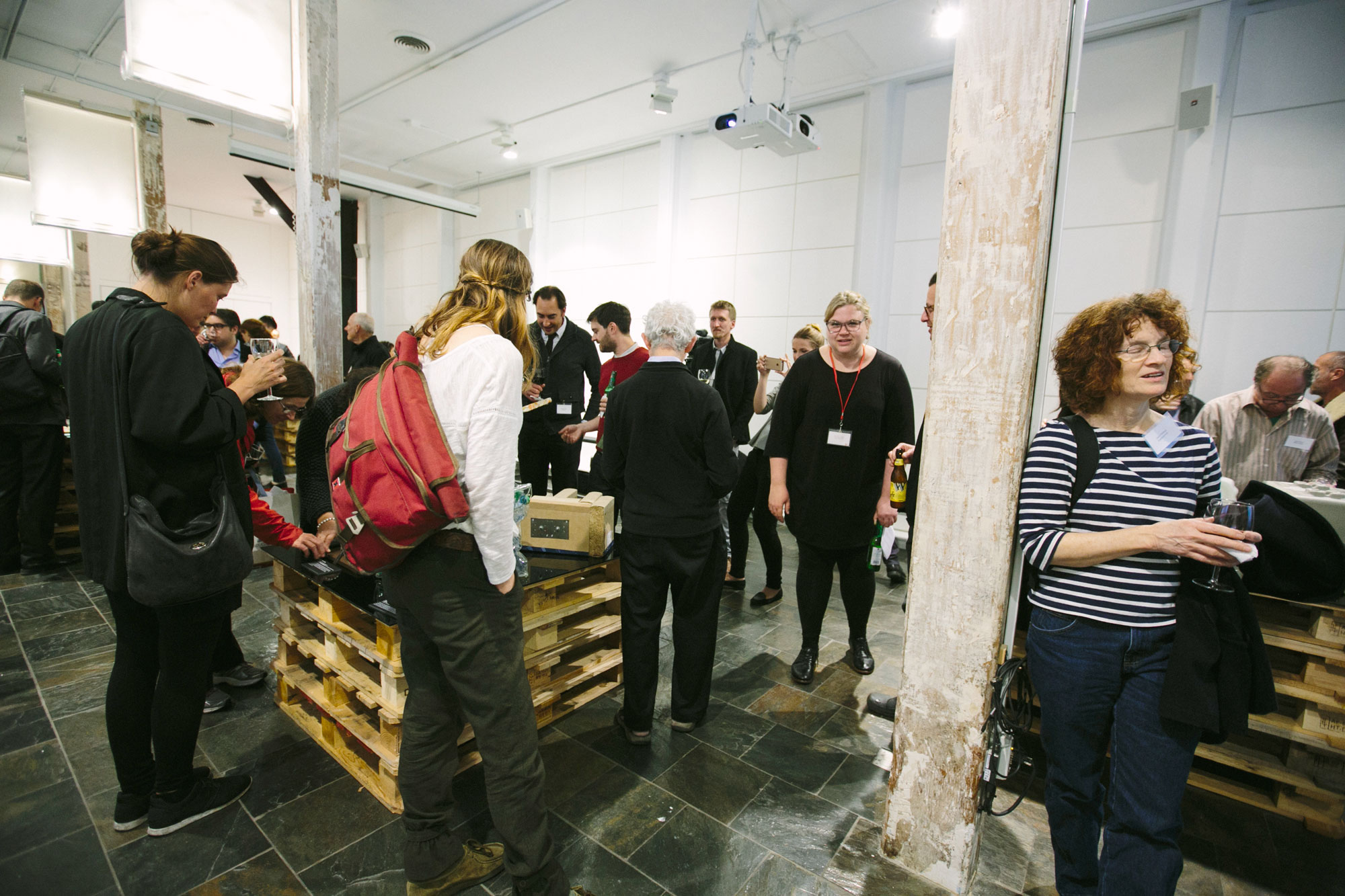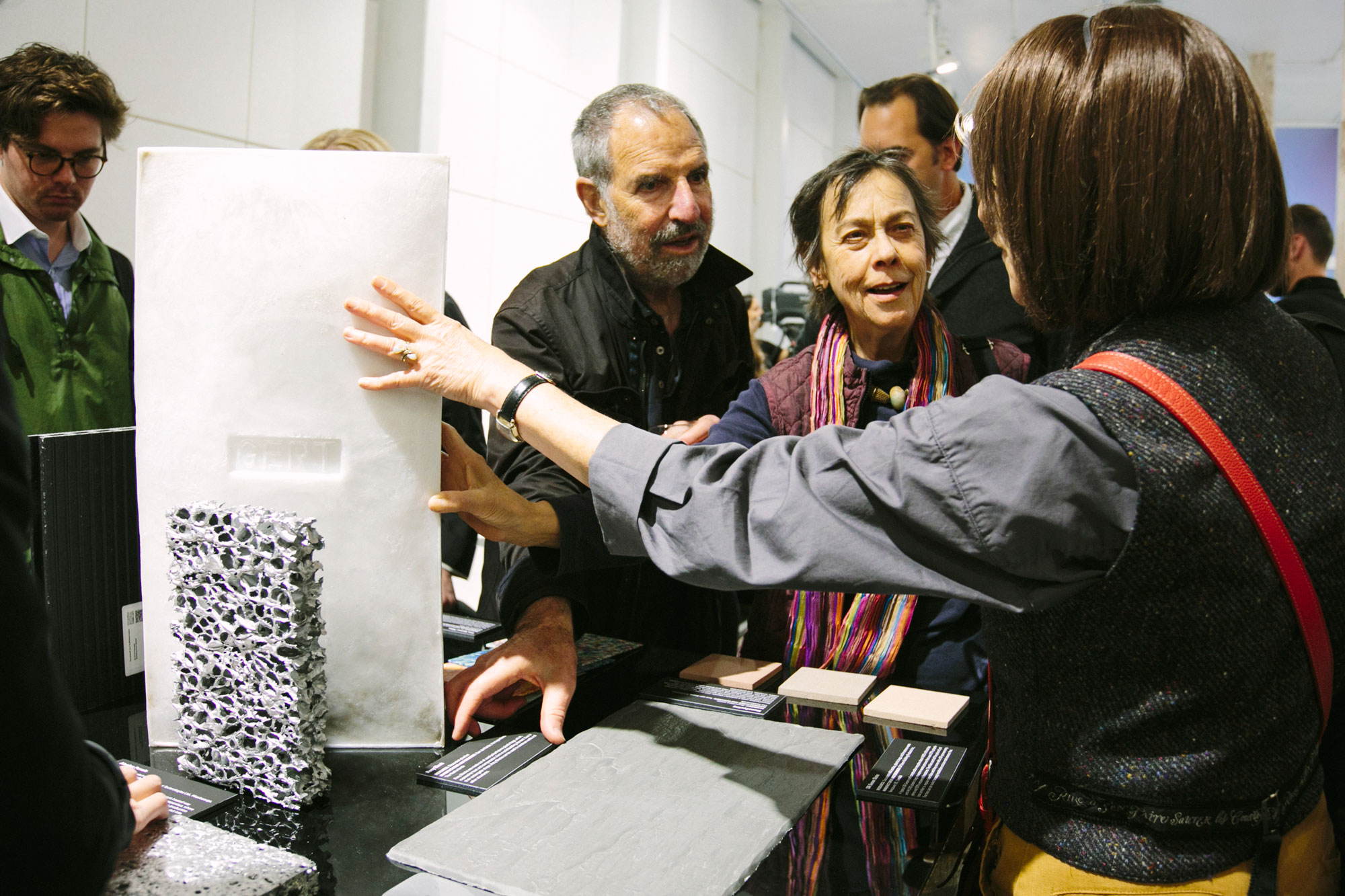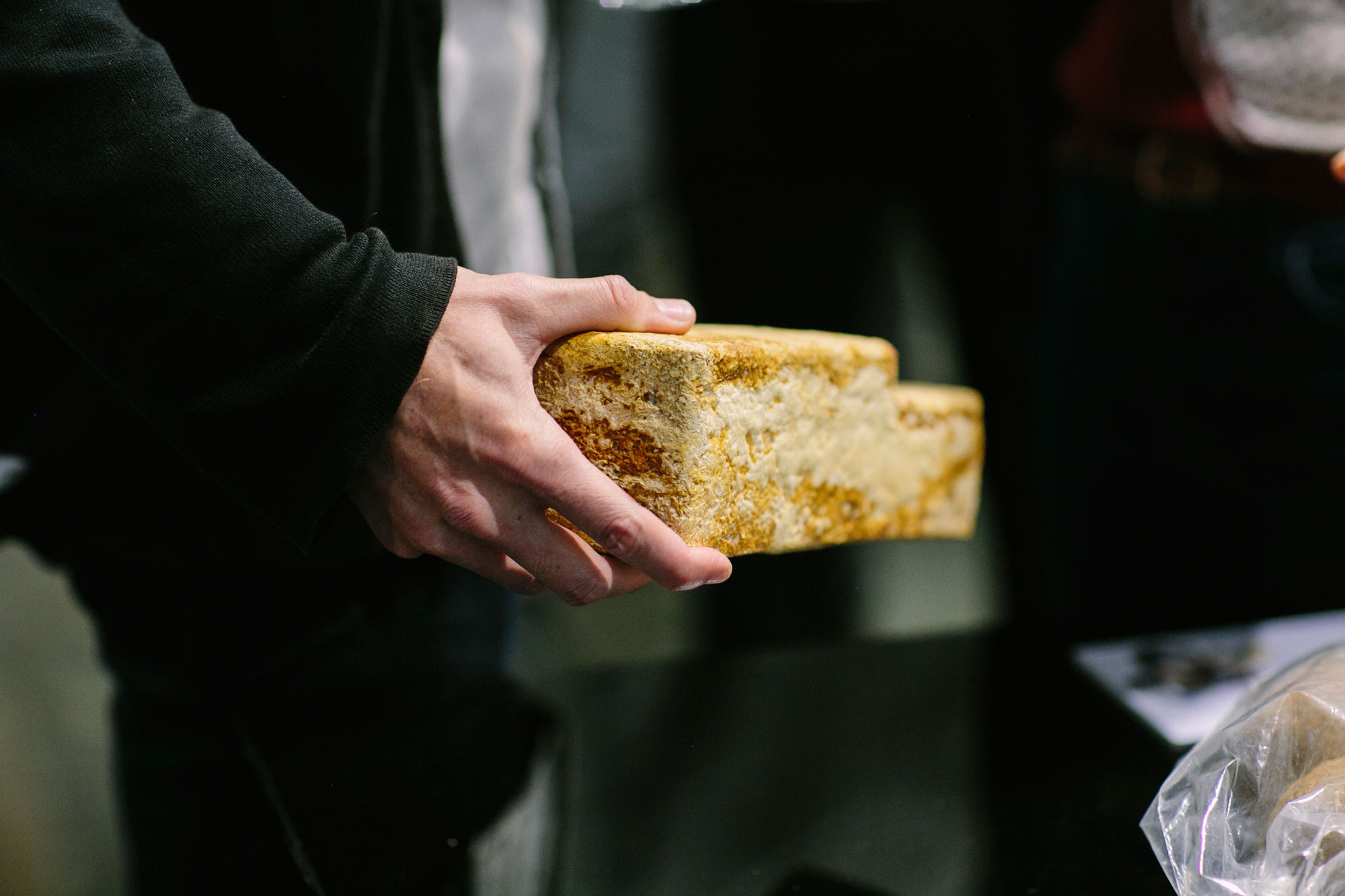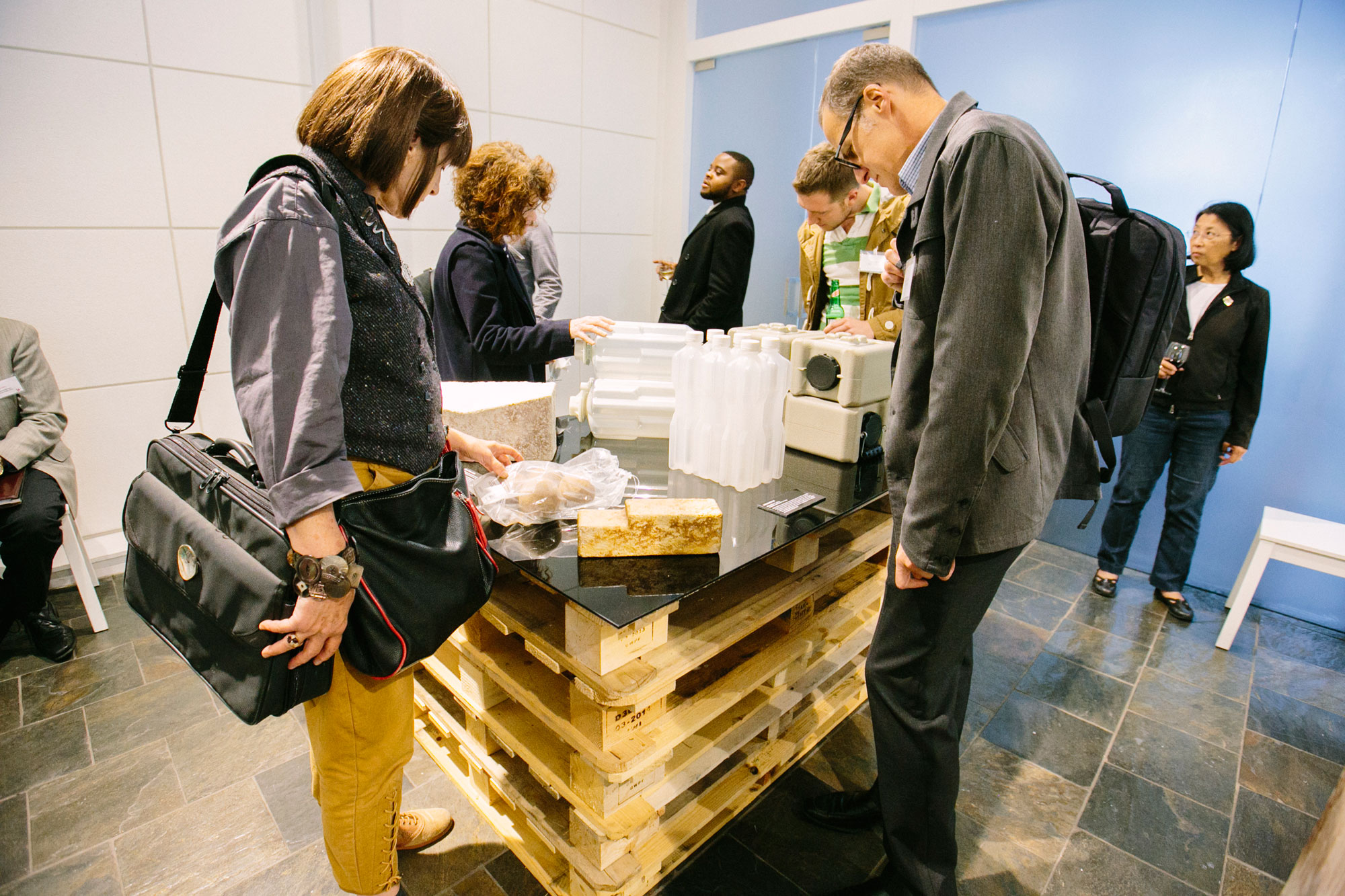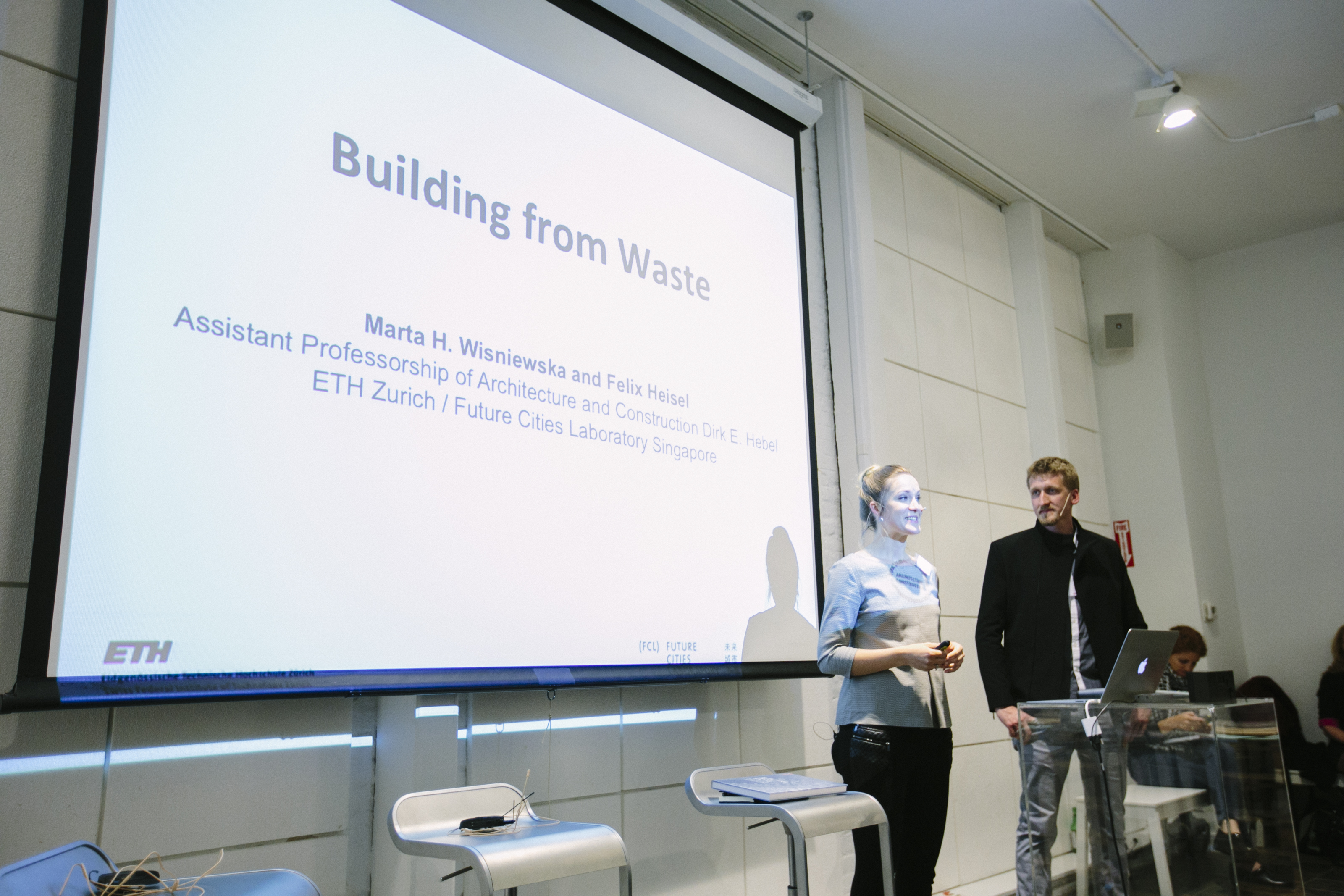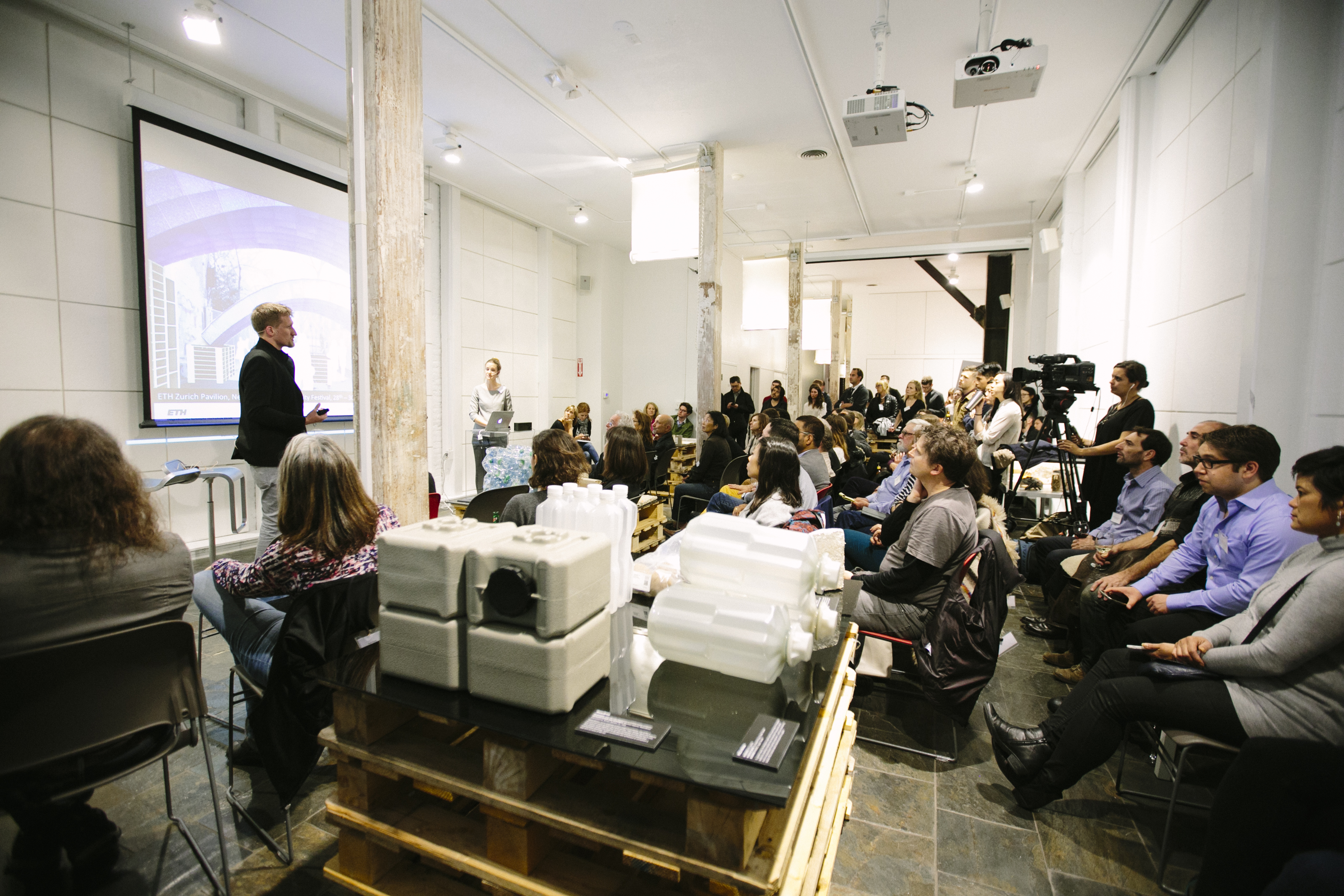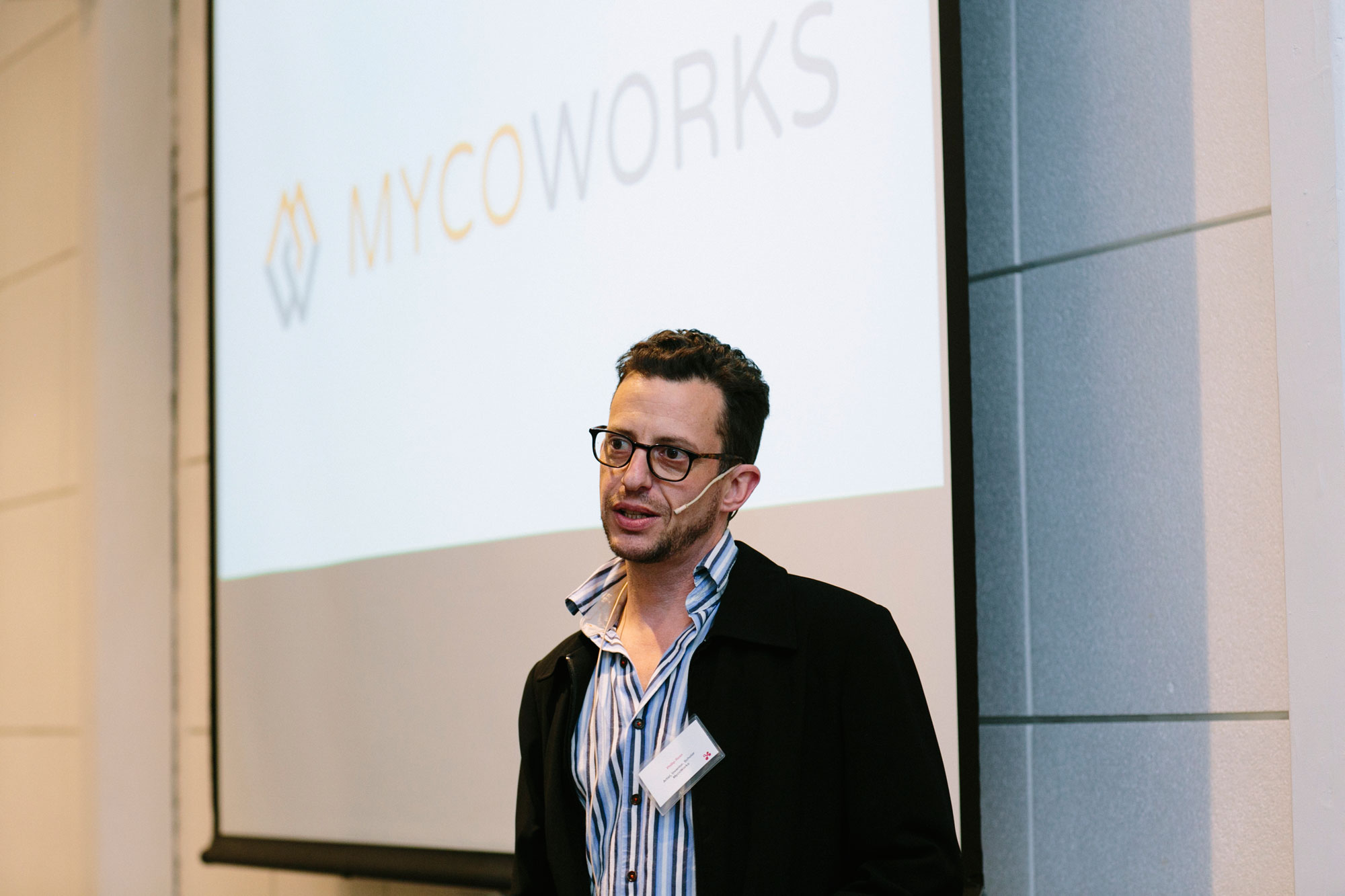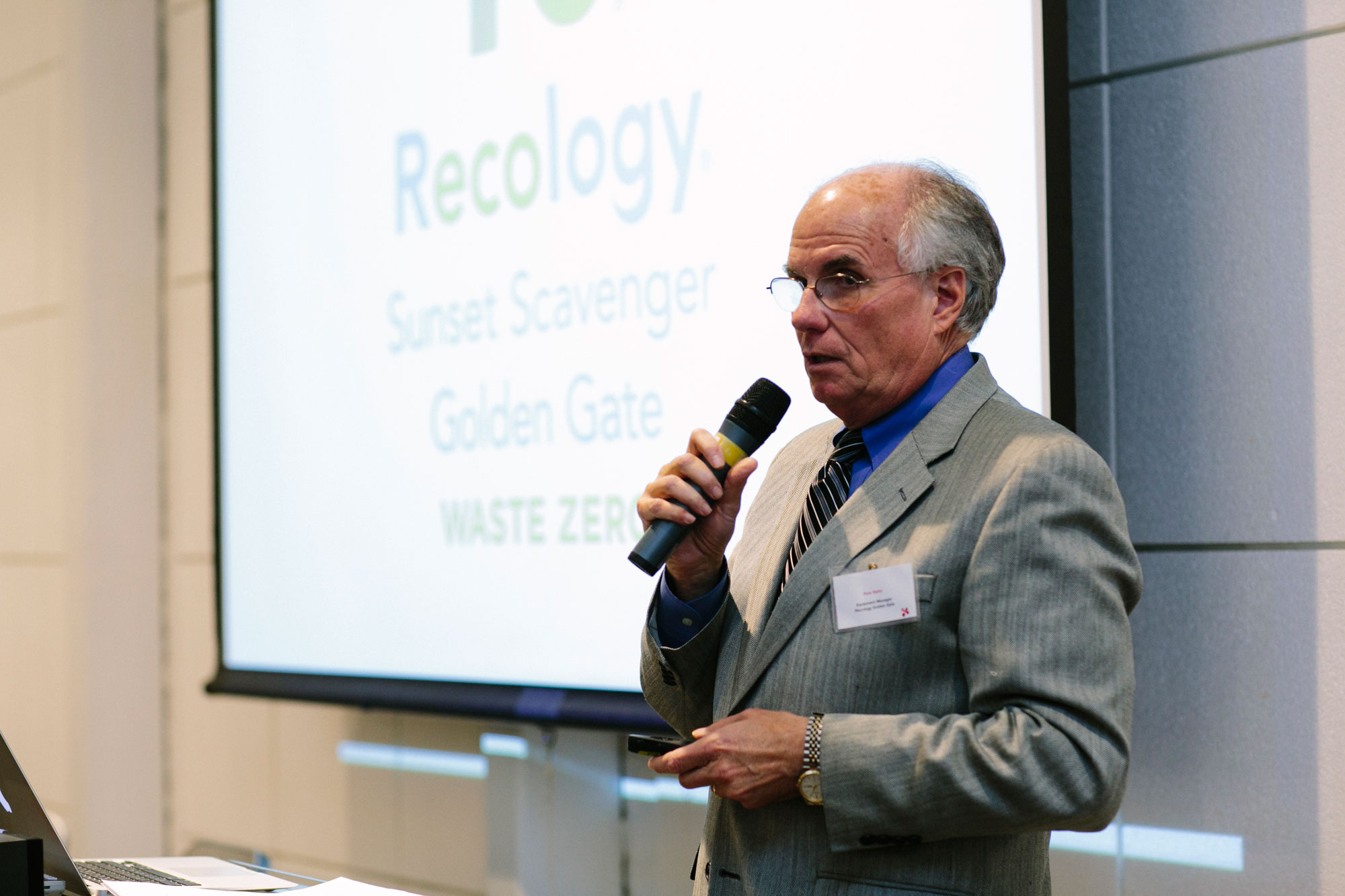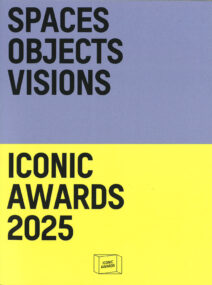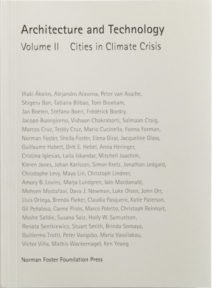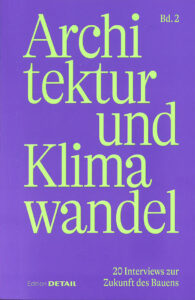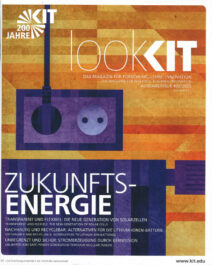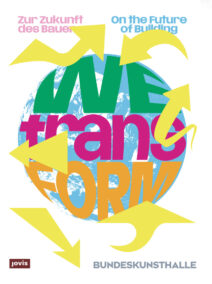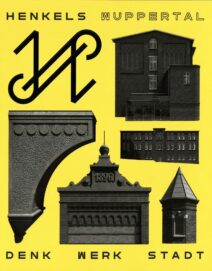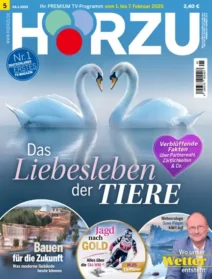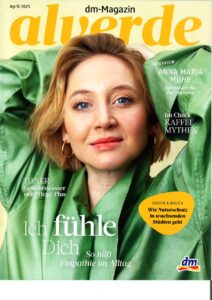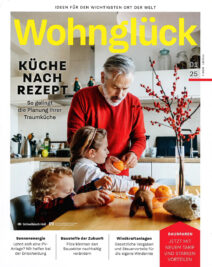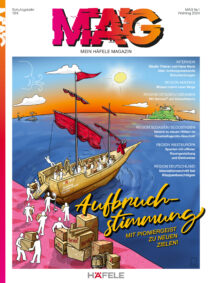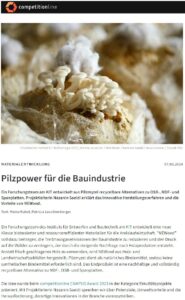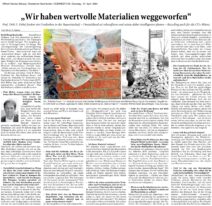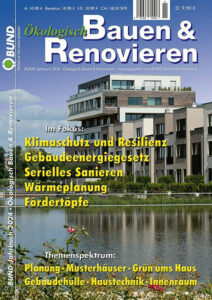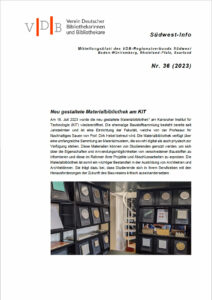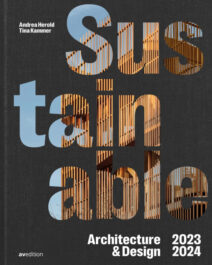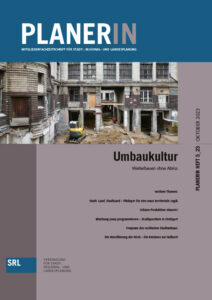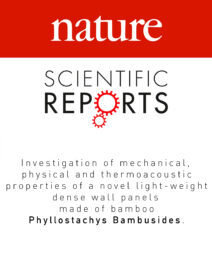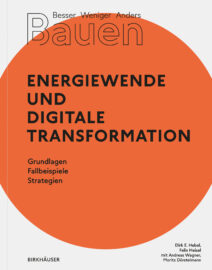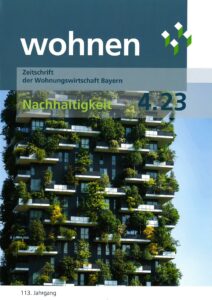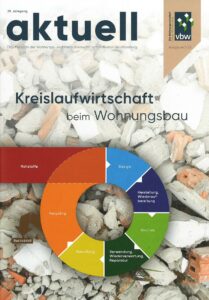On Tuesday, April 28, 2015, a stakeholders forum in Butajira city to place to present and discuss further steps of the Rural Housing research project, a combined research project of EiABC and ETH Professorship Dirk E. Hebel, with representatives of Guraghe Zone Administration, City Government, Bete Guraghe Cultural Center, colleagues from Wolkite University and Wolkite Polytechnic College and other stakeholder.
In his opening speech, EiABC Scientific Director Joachim Dieter explained the role and importance of housing research for the development of the rural areas and the meaning of experimental and applied research in full scale for the education of Architects, Construction Manager and Urban Planner at the Institute.
Project Manager Melekeselam Moges and his team explained in their presentation the achievements of the SRDU project, the current state of research on the continuation project, improvements in it’s design and technical aspects as building materials and construction methods, while possible collaborations and partnerships with local authorities, University and Polytechnic, communities and NGO have been evaluated.
All topics of the presentation had been commented and discussed with the invited guests to reach maximum acceptance and learn from previous valuable experiences.
This research project is supported and facilitated by Switzerland’s Arthur Waser Foundation, the ETH Swiss Federal Institute of Technology in Zurich, and ETH-Global.
The team of EiABC included both wings of the management, academic and administrative, and was represented by Scientific Director Joachim Dieter, Managing Director Dr. Beatrice Delpouve, Project Manager Melakeselam Moges and his team, Chairholder Imam Mahmoud – Chair of Housing, Head of Finance Shimeles Habtamu, and the Head of International Relations, Mr. Agus Prianto. The event was concluded with a visit of the future project site.















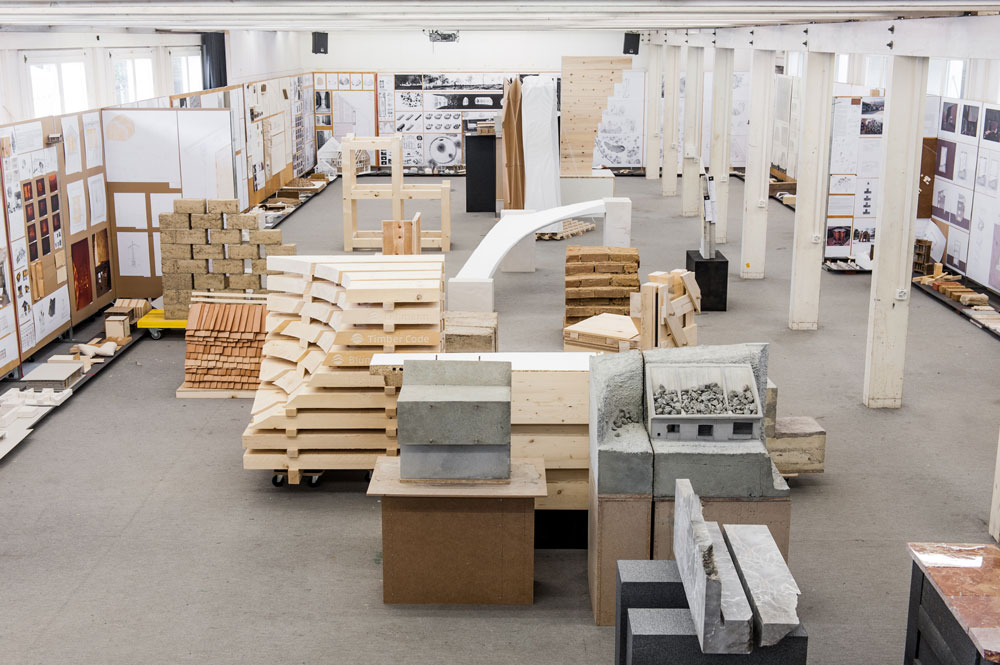
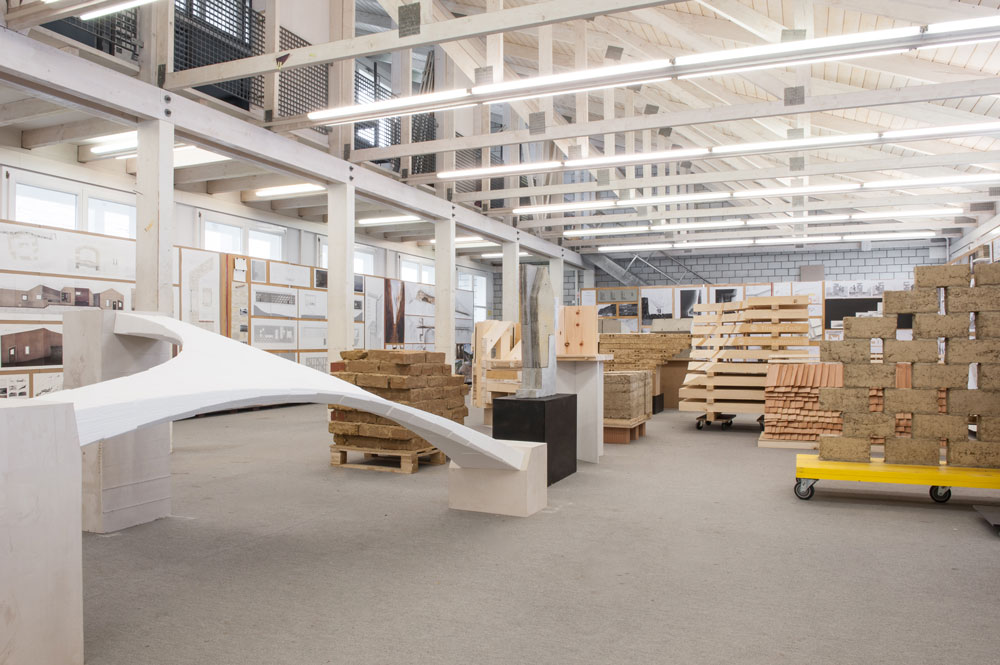

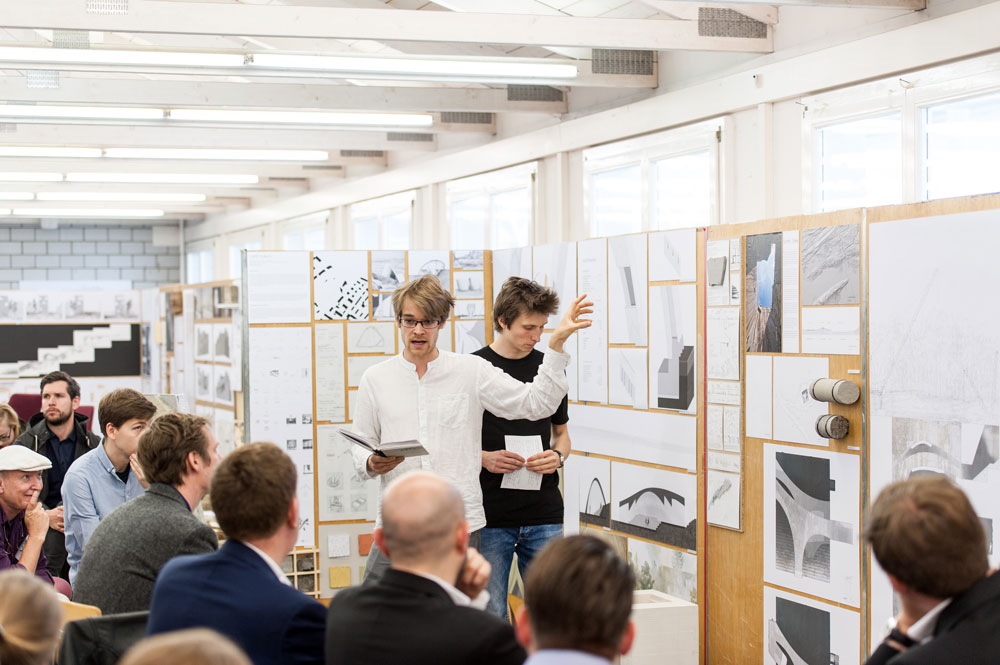
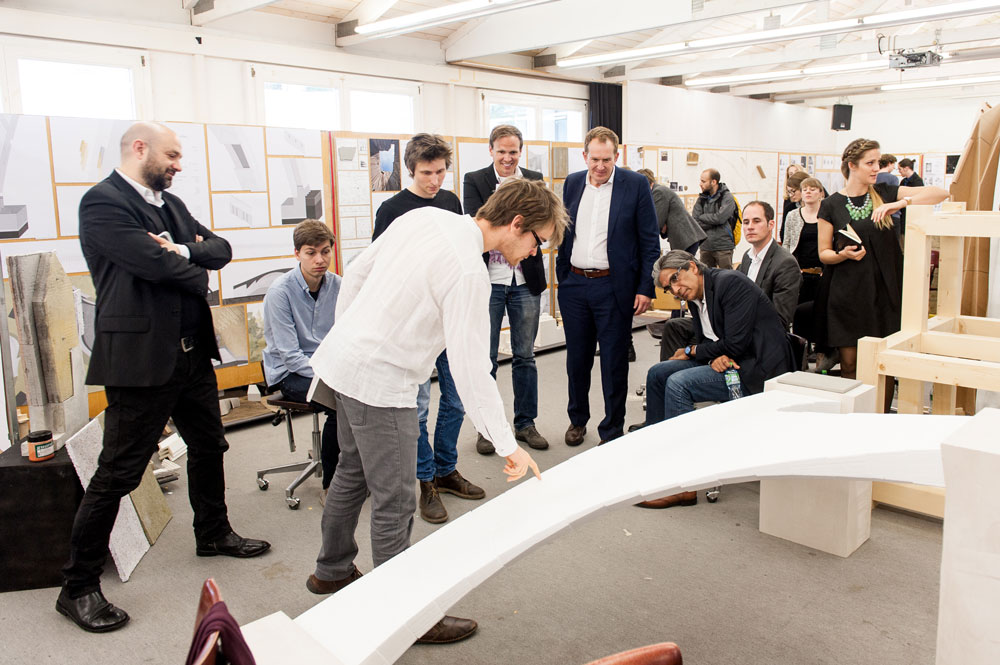

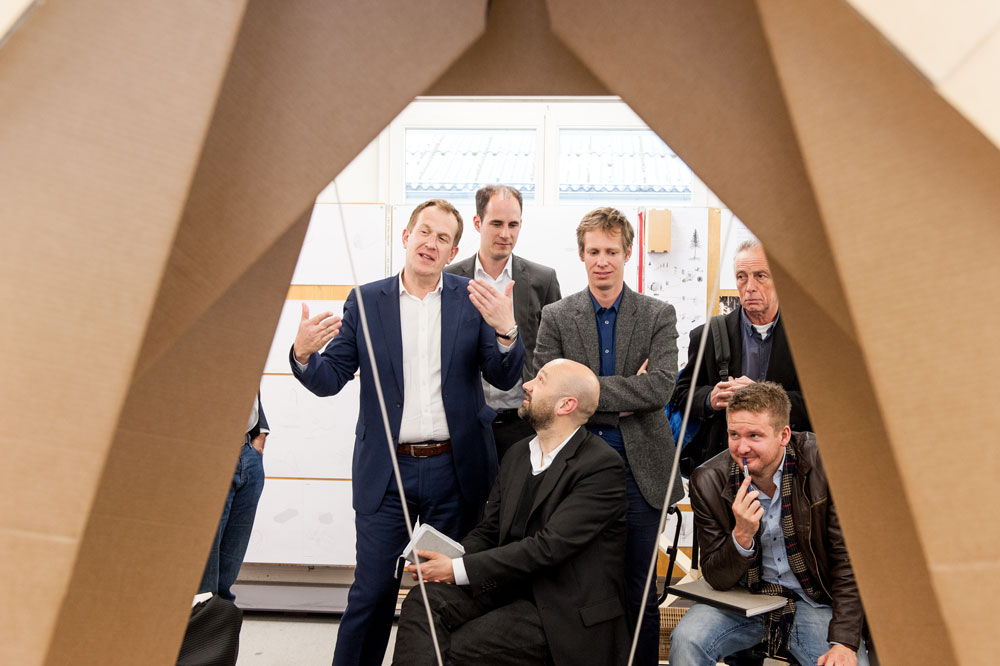
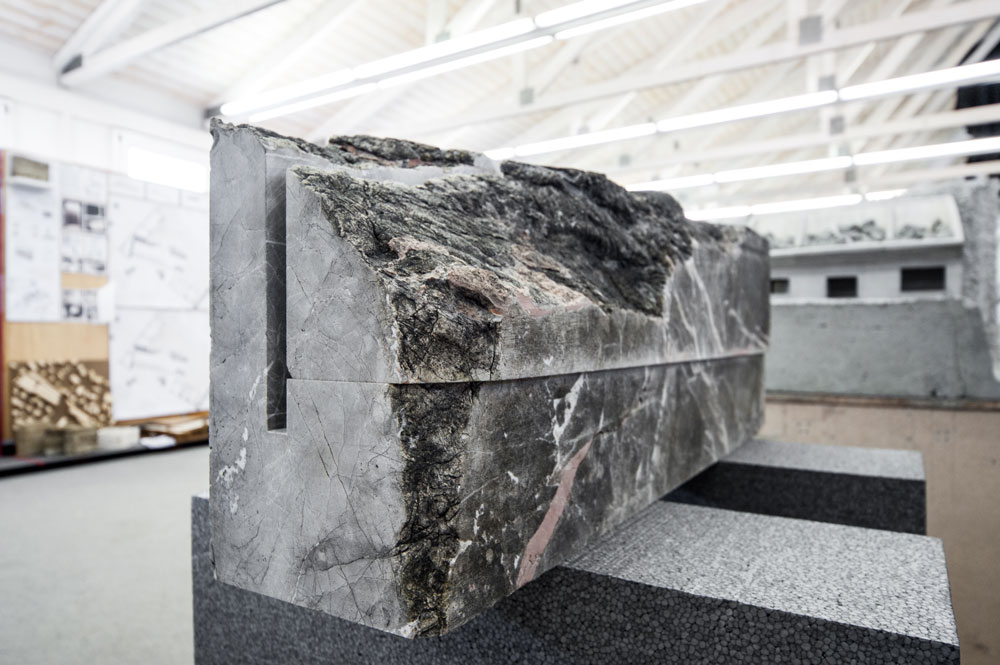
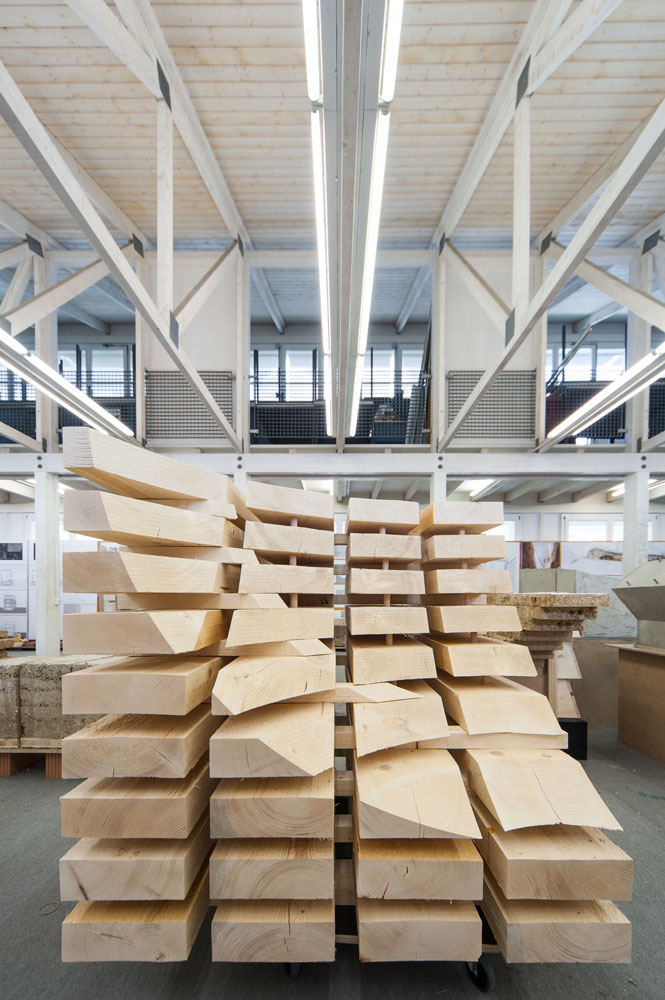
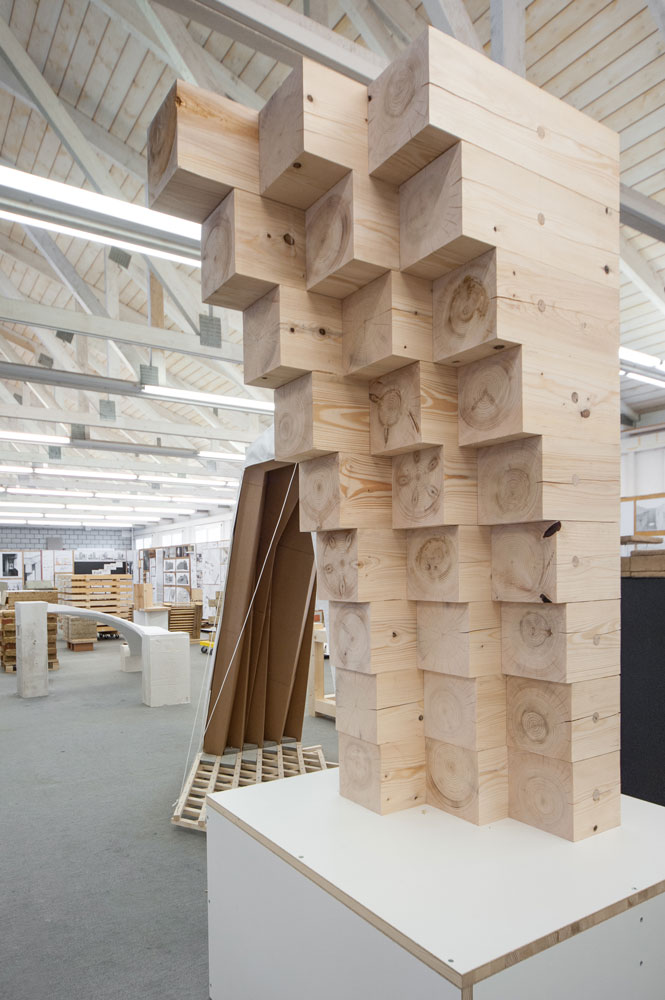
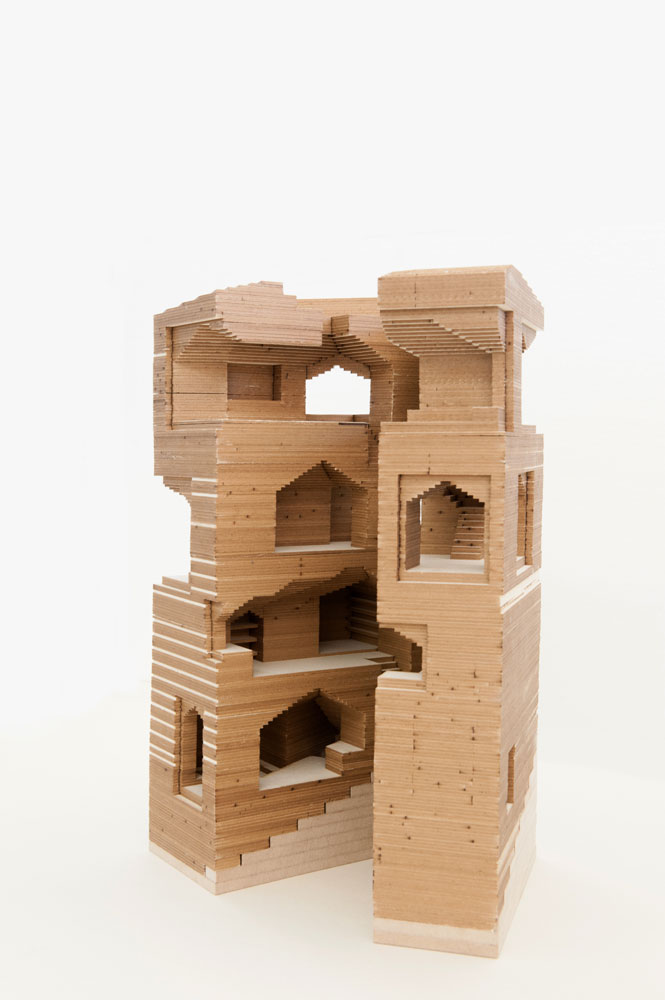
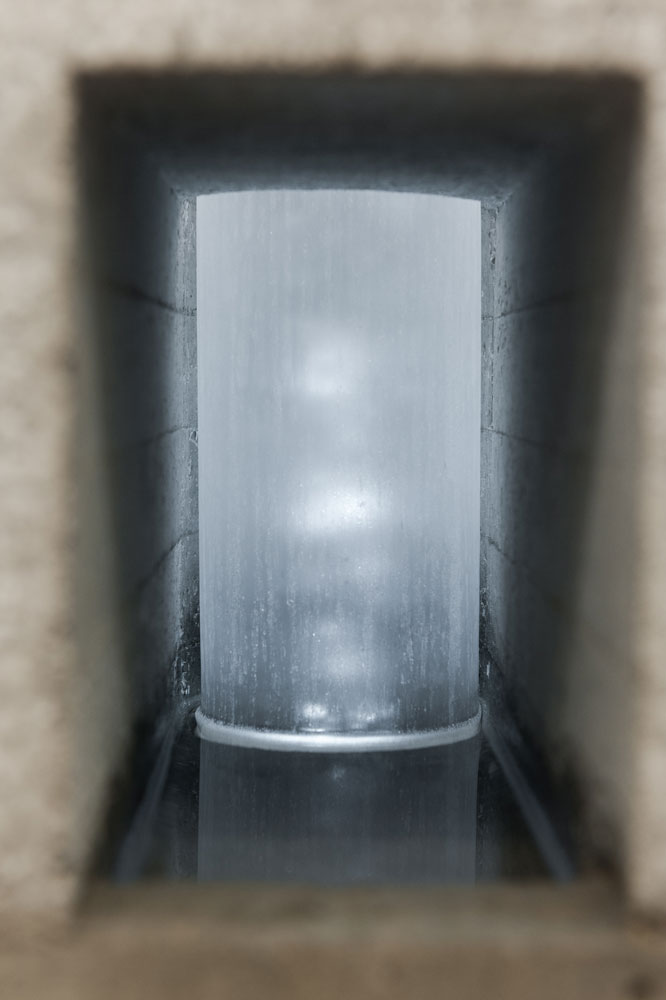


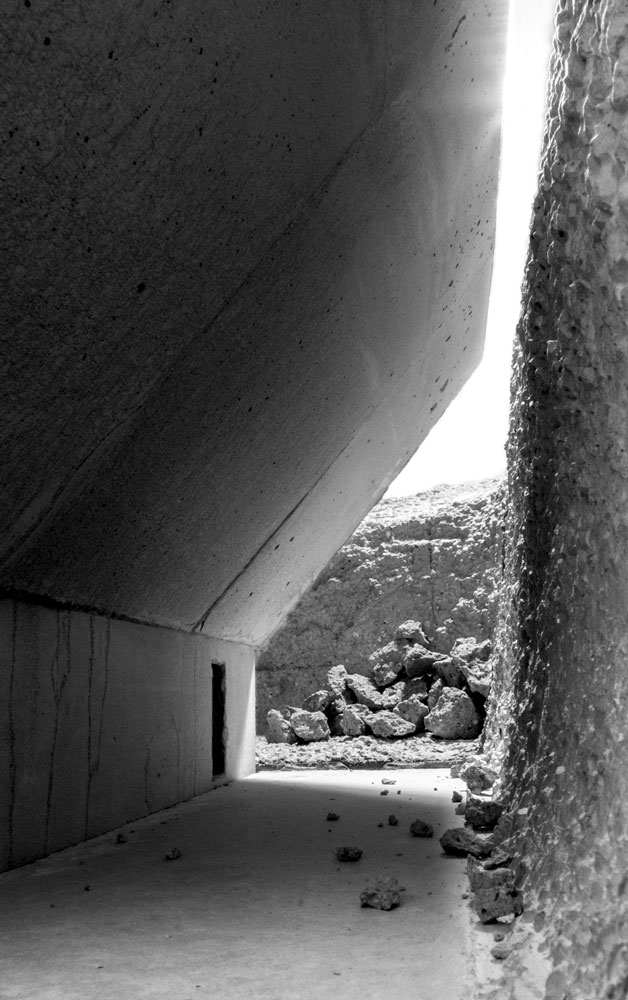
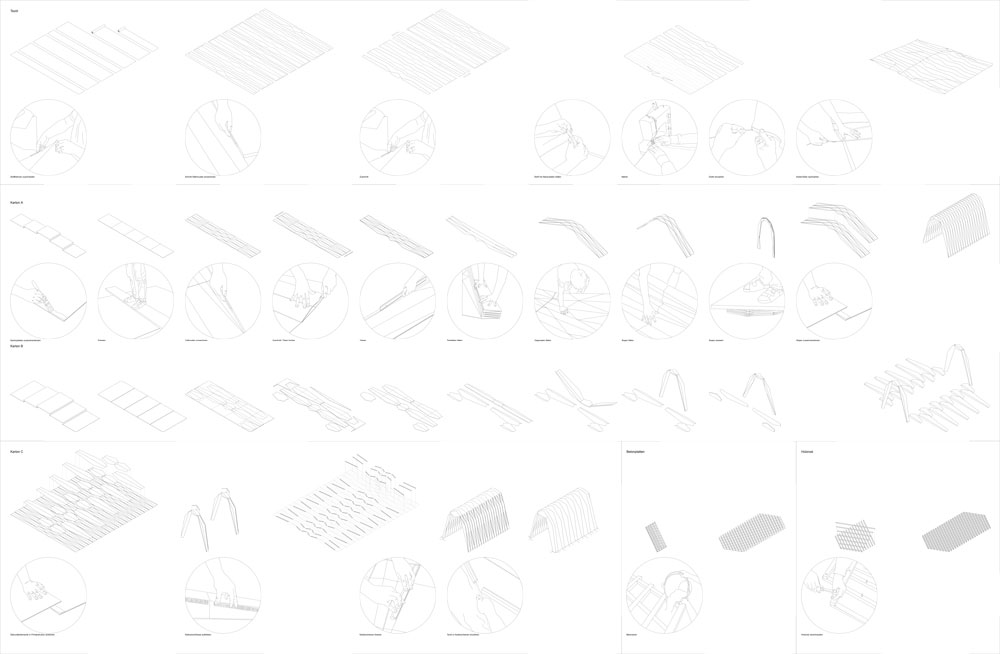






 ETH Zurich Pavilion: New York NY, Image (c) Albert Vecerka/Esto
ETH Zurich Pavilion: New York NY, Image (c) Albert Vecerka/Esto









